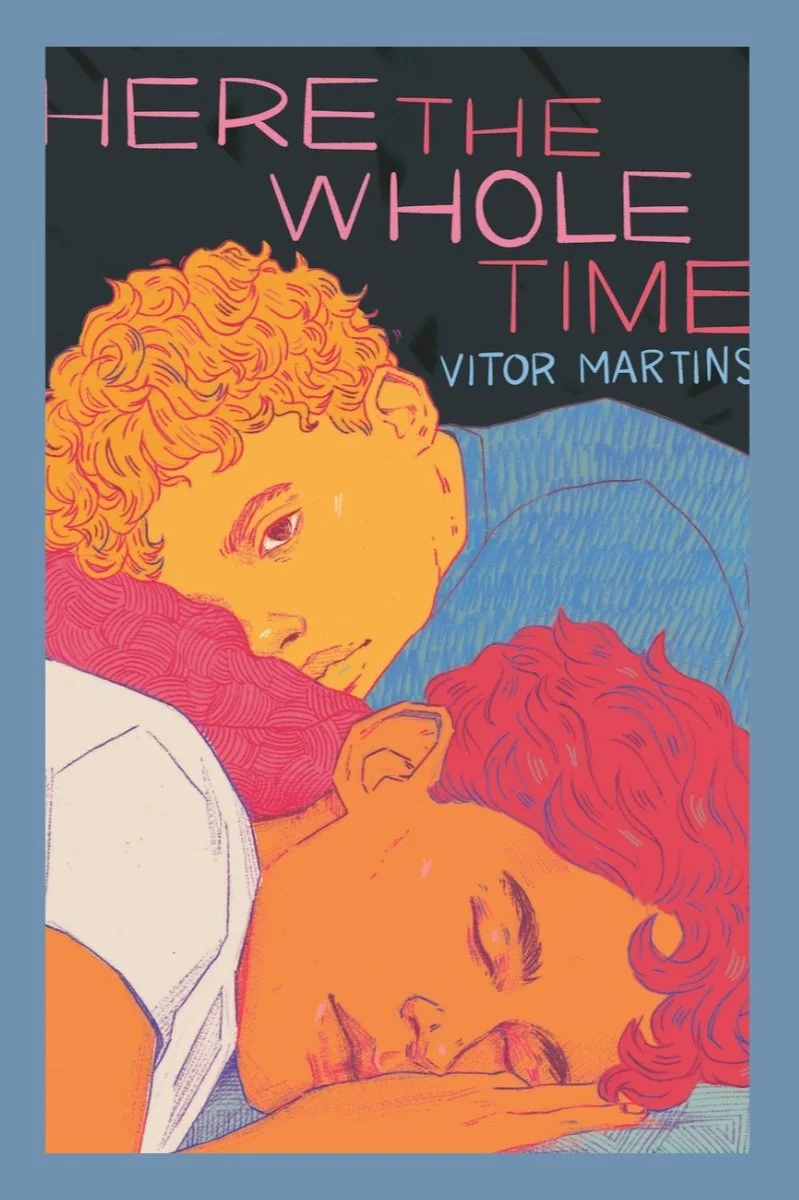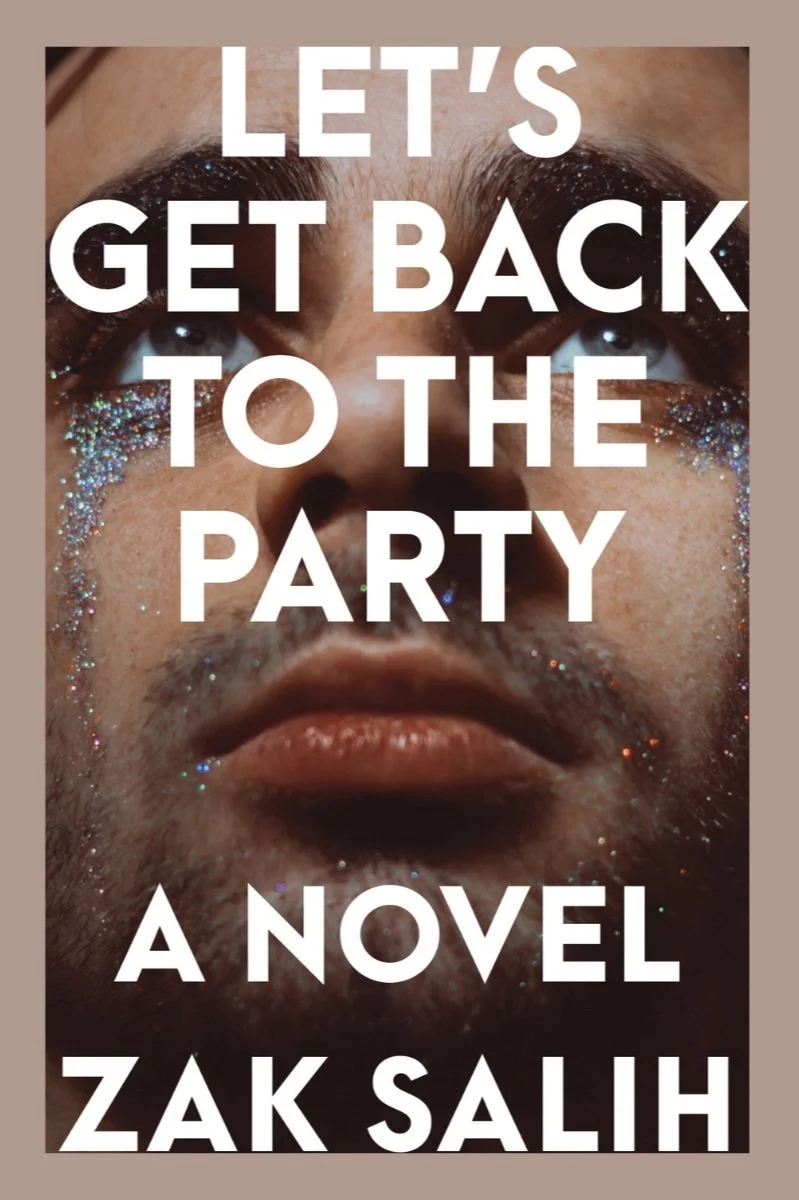Bad Gays: A Homosexual History – Huw Lemmey and Ben Miller
“Bad Gays” starts with a provocative thesis: queer history is too often told through sanitized narratives of heroism and progress. What happens, Huw Lemmey and Ben Miller ask, when we shift the lens to those queer figures who were not brave icons, but bigots, fascists, abusers or simply complicated people making morally gray choices in a hostile world?
It’s a compelling premise — one that interrogates the instinct to grant moral absolution based solely on queerness. The authors argue that if queer history is to be taken seriously, it must also contend with its villains, but the execution doesn’t quite match the ambition.
Based on their podcast of the same name, the book profiles historical figures whose queerness intersects — sometimes meaningfully, sometimes barely — with larger legacies of violence, power and exploitation. Some of these people were genuinely “bad”: Roy Cohn, the venomous architect of McCarthyism, whose private homosexuality clashed violently with his public persecution of queer people; Ronnie Kray, a London gangster who terrorized the East End while carefully curating his own image. Others, like Lawrence of Arabia or Jack Saul, are more tragic than nefarious – products of their time forced to navigate rigid norms.
The strongest chapters (Lawrence of Arabia and architect Philip Johnson, in particular) offer sharp insights into the ways queerness shaped or complicated public life. But too often, the narrative stalls.
Chapters heavy on politics — J. Edgar Hoover and Roy Cohn, Weimar Berlin’s “bad gays,” or Pietro Aretino’s Renaissance scandals — start promisingly but end up buried under academic scaffolding. The queerness of their subjects sometimes feels incidental, or worse, used as a rhetorical hook rather than a meaningful throughline. At times, it feels as though the book forgets its own thesis entirely.
There’s also a tonal mismatch. The introduction and conclusion are lively, theoretically grounded, and far more compelling than most of what comes between. While the authors clearly aim to subvert the “rainbow-washing” of queer history, their approach is not as subversive as it could be. What’s meant to be a romp through the morally messy terrain of queer pasts ends up, ironically, feeling quite staid.
A major part of the disconnect lies in the delivery. I started with the text and quickly switched to the audiobook, hoping for more energy. Unfortunately, Ben Allen’s overly posh narration only added to the book’s stiffness, reinforcing the sense that this would have been better left as a podcast. The audio works best for those already familiar with the source material or looking for a more passive dive into niche historical profiles.
There are moments of value: learning about queer figures omitted from mainstream history, confronting the ways queerness does not excuse cruelty or complicity, and acknowledging that identity and morality are not one and the same. Still, there’s an uncomfortable undercurrent: in pointing out that “bad gays” exist, the book risks validating the talking points of those who claim queerness is inherently immoral.
It’s a difficult line to walk, and one that “Bad Gays” doesn’t always navigate with nuance. Queerness is intrinsic, not causal, and though the authors assert this in theory, some profiles unintentionally blur the message. In the end, it is intellectually interesting but tonally uneven — too academic to be entertaining, too speculative to be conclusive.
While the authors raise important questions about how we historicize queerness, they rarely go far enough in answering them. Those already steeped in queer theory or fascinated by the contradictions of queer history may find it worthwhile.
For most readers, though, this one’s more of a footnote than a cornerstone.
Rating (story): 3/5 stars
Rating (narration): 3/5 stars
Format: Hybrid read/listen (personal library)
Dates read: April 2 – April 11, 2025
Multi-tasking: Good to go. You’ll need to have something else to focus on to push through the dense details, but it’s still easy to follow the broad strokes of the story.





